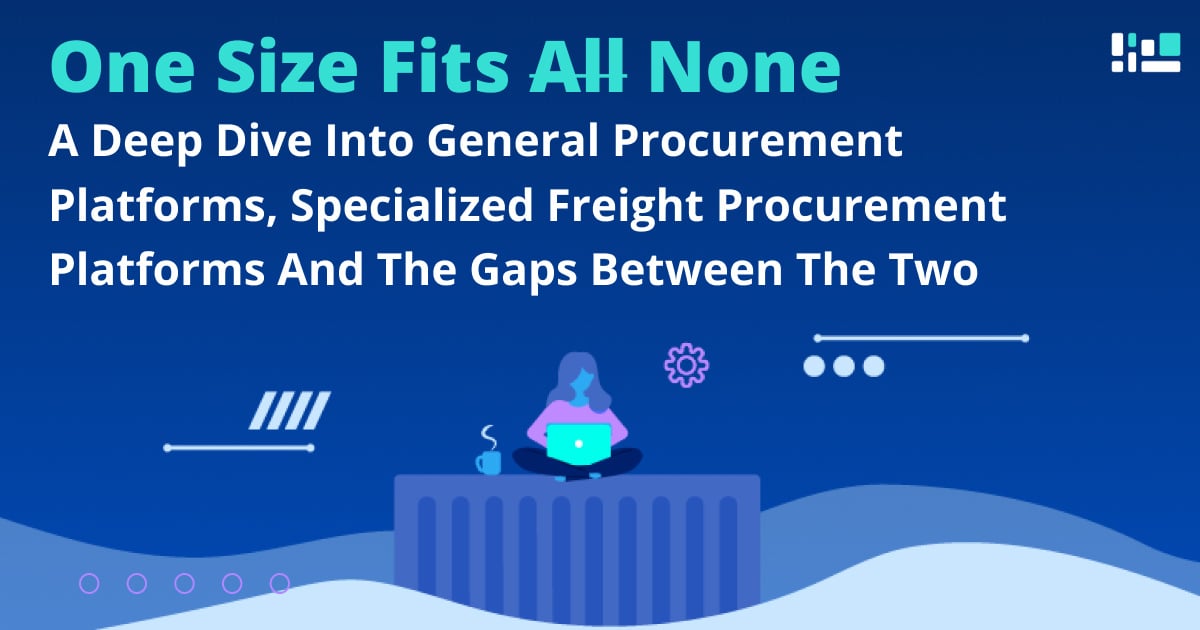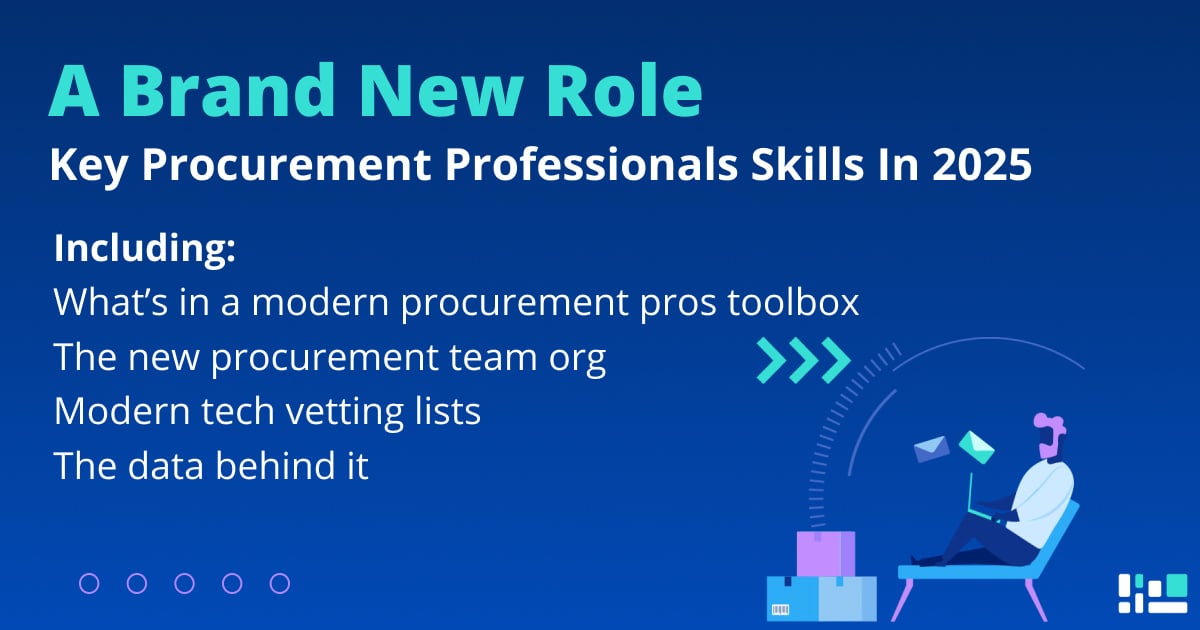If you’re still relying on email and excel to request your spot freight, now’s the time to make the leap and go digital.
These freight procurement statistics will give you insights into how the spot market has changed and how digitising your processes can help you overcome challenges it presents.
Here are 3 statistics that will show you why now is the time to move to a digital platform.
The global container index is 350% higher than one year ago
We all know freight rates are at an all-time high right now – but it’s shocking when you realise how much they’ve jumped up since just last year.
In June 2020, the global container freight index was sitting at less than $2,000 (around $1,800 on average for the month). Currently, the index is sitting at $6,400 – more the three times higher than this time last year.
As a result of this, contract prices have increased, and many carriers are struggling to offer long-term freight contracts due to the unpredictability of the market. This means, it’s impossible to rely on the contract market to avoid paying high-spot charges, therefore you need a strategy in place to buy spot.
With freight rates at this level, being more tactical with your spot buying it the best way to reduce your spot costs. You can’t just rely on your regular carriers anymore. Instead, you need to compare additional carriers – as the more you compare, the better your chances are of getting a good deal.
Using spot marketplaces makes it easier to request more rates and invite new carriers to quote for your business. Platforms also make it easy to compare offers and find the best deal as they standardise the format for all the offers that come in.
60% of business leaders state that lack of transparency is a risk
A survey conducted by the Harvard business review found that 60% of business leaders consider lack of transparency over their procurement processes to be a risk to their business.
Lack of transparency has been an on-going issue in logistics procurement for years. But with online platforms that are designed with transparency in mind – this doesn’t have to be the case anymore.
If you use a spot marketplace, your spot freight data is tracked automatically on the platform, so you get transparency over your spot strategy.
Using a SaaS enabled spot buying marketplace, you can see at a glance:
- How many spot shipments you’ve made over the past 12 months
- Which carriers you’ve used the most for each mode of transport
- How much you spent on spot freight spend.
Plus, inbuilt benchmarking tools means you always know what the best market rates are and can get the best prices.
46% of shippers are already using freight marketplaces
If you’re not digitising your spot freight buying yet, the freight procurement statistics show's you’re about to become the minority.
PWC found that almost half of the 1,601 senior executives they surveyed between 2019 and 2020 were already using digital freight marketplaces.
With ever more businesses moving to platforms and getting better rates, you could fall behind your competitors who are benefitting from digitising their spot-freight process.
Moving your spot procurement to an online marketplace is really simple, you could make your first online spot request in minutes. Our marketplace ShipstaGO is designed to make buying spot freight as easy as booking a hotel room.
Getting your team and carriers on board with going digital is easy too. This short guide has everything you need to get your team and carriers on board with ShipstaGO. Plus, it includes free email templates you can send to your team and suppliers to get the process started in minutes.
About SHIPSTA
SHIPSTA is a digital platform that connects shippers and carriers to ensure a frictionless procurement process for spot and contract buying, entirely online. It automates complex tasks, provides unrivalled visibility and supports fast data-driven decision making.
Designed and built by experts in logistics procurement, SHIPSTA is bringing transparency, automation and efficiency to the global logistics industry. It is used by some of the world’s largest companies to respond to market volatility, control freight costs and manage risk. The company was founded in 2015 and is based in Mertert, Luxembourg and Hamburg, Germany.



